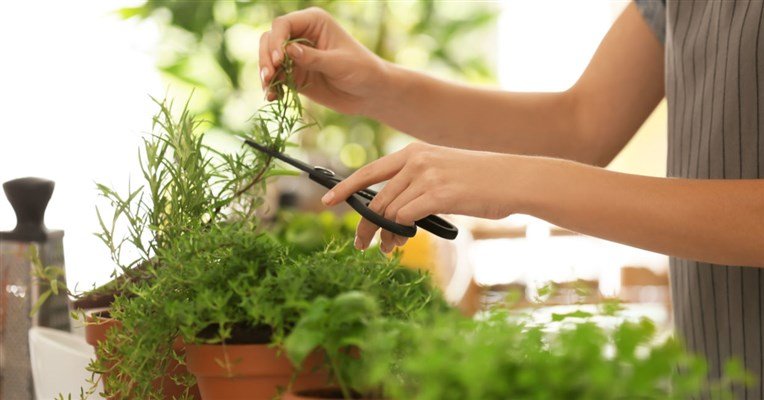Dried oregano has hit the headlines again and again due to recalls. The reason is high levels of plant toxins, so-called pyrrolizidine alkaloids (PA). In the culinary herb test of the Stiftung Warentest: 21 oregano and 13 marjoram, tested for PA and pesticides. Half of the marjoram is very good or good, and only every third product is good for oregano. Three oregano fail because of high PA levels. Among the good spices there are also cheap ones (prices: 3.30 to 30.00 euros per 100 grams).
Plant poison in oregano – a common problem
In January, for example, dried oregano from Ostmann, Fuchs and Ubena was recalled, but also private labels from Edeka and Lidl. The herbs were so heavily contaminated with pyrrolizidine alkaloids that consumers should avoid them. Constant consumption of large amounts could lead to liver damage; in animal experiments, the plant toxins were carcinogenic and mutagenic. What has happened since then? After all: more than half of the 21 oregano herbs in the pollutant test of the Stiftung Warentest do well in the PA judgment, one oregano even very good. But five are heavily to very heavily contaminated, three have such high levels that we advise against consumption.
This is what the culinary herb test by Stiftung Warentest offers
Test results. Our tables show pollutant ratings for a total of 34 dried herbs – 21 oregano and 13 marjoram. Including nine organic oregano and three organic marjoram. We tested manufacturers’ brands such as Ostmann and Fuchs as well as retail brands from Rewe, Edeka, Netto and Alnatura. We examined the products for pyrrolizidine alkaloids (PA) and pesticides. In addition, we checked under the microscope whether it contained any foreign components.
Background. We explain how harmful culinary herbs contaminated with PA are for health and what distinguishes the closely related herbs oregano and marjoram from one another. Booklet. If you activate the topic, you will have access to the PDF for the test report from issue 10/2020.
Little PA in the marjoram
We also tested 13 marjoram herbs for pyrrolizidine alkaloids. Marjoram is closely related to oregano, as its Latin name “Origanum majorana” makes clear. So far, however, it has been tested for PA less often than oregano (which is also known as “wild marjoram”). In the pollutant check of the Stiftung Warentest, the testers only analyzed the PA levels in the marjoram, which were not very dangerous.
Dowry with poison: Harmful wild herbs are often harvested at the same time
According to current knowledge, pyrrolizidine alkaloids do not naturally occur in oregano and marjoram. They come from other plants that grow in the field between the kitchen herbs and at first glance hardly differ from them (evil dowry from wild herbs). They form PA in order to defend themselves against predators – for example insects. So that these wild herbs are not accidentally harvested and then end up in oregano and marjoram, it is best to have trained field workers track down and pluck the evil plants beforehand. Obviously, this does not always work.
Stiftung Warentest finds hardly any pesticides or adulterations
In addition to PA, we tested oregano and marjoram for pesticides – and found hardly any problem. Oregano has another problem: food inspectors have repeatedly found products stretched with olive leaves, for example. We also examined the herbs for this, but found no adulterations under the microscope. This also applies to the marjoram in the test. User comments posted prior to September 23, 2020 refer to an earlier announcement on the subject of pollutants in culinary herbs.
